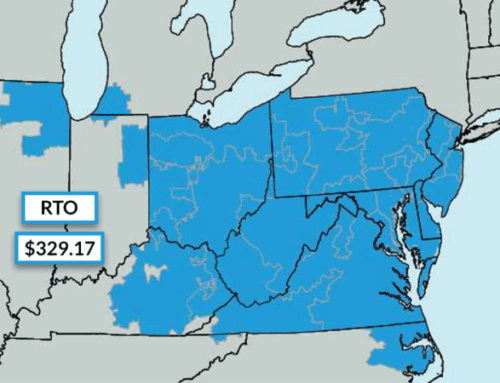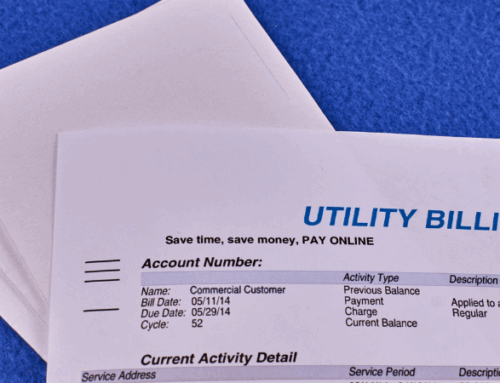The wholesale electricity market operates through various pricing models that impact both retail energy suppliers and consumers. Among these, nodal pricing and zonal pricing are two significant electricity market models that help determine the cost of electricity in different regions. Understanding these models is critical for navigating the complexities of the electricity market, whether you are a retail energy supplier or a business consumer. This article explores the differences between nodal pricing and zonal pricing, their pros and cons, and their impact on energy customers.
What Is Nodal Pricing?
Nodal pricing, also known as locational marginal pricing (LMP), is a sophisticated electricity pricing model where prices are determined at specific locations, or nodes within the power grid. Each node represents a distinct point in the transmission network, typically where the electricity is injected or withdrawn. The difference in pricing between nodes on an electricity grid has to do with electricity congestion costs and demand for transmission pathways. Let’s explore some of the pros and cons of nodal power pricing below:
Pros Of Nodal Pricing
- Granularity: Nodal pricing provides a high level of detail, reflecting the actual cost of delivering electricity to specific locations. This precision helps in identifying congestion costs and losses within the transmission network.
- Efficiency: By reflecting real-time supply and demand conditions at each node, nodal pricing encourages efficient generation and consumption of electricity. Generators are incentivized to produce power where it is most needed, and consumers can adjust their usage based on localized price signals.
- Transparency: Nodal pricing offers transparent and accurate pricing information, which aids market participants in making informed decisions.
Cons Of Nodal Pricing
- Complexity: The detailed nature of nodal pricing makes it complex to implement and understand. It requires advanced infrastructure and sophisticated software for accurate, real-time calculation and management.
- Volatility: Energy prices can fluctuate significantly in a short period due to changes in local supply and demand, which can lead to unpredictability for consumers and suppliers.
- Market Manipulation: In regions with few generators, there is a risk of market power abuse, where a single entity could influence prices significantly.
What Is Zonal Pricing?
Zonal pricing simplifies the electricity market by dividing the grid into larger zones or hubs, each with a uniform price. The price within each zone is determined based on the aggregated supply and demand across the entire zone. Let’s look at some of the pros and cons of zonal electricity pricing below:
Pros Of Zonal Pricing
- Simplicity: Zonal pricing is easier to implement and understand compared to nodal pricing. It provides a straightforward pricing structure that can be more accessible for consumers and smaller market participants.
- Stability: Prices within a zone are more stable and less volatile than nodal prices. This stability can be beneficial for budgeting and planning purposes for both businesses and retail electric suppliers alike.
- Reduced Market Power: By averaging prices over a larger area, zonal pricing can mitigate the impact of market manipulation by individual generators.
Cons Of Zonal Pricing
- Lack Of Precision: Zonal pricing lacks the granularity of nodal pricing. It can mask local congestion and inefficiencies in certain regions, leading to less optimal dispatch of electricity. This can also negatively impact consumers located in more efficient areas of the grid.
- Inefficiency: The uniform price within a zone does not reflect the true cost of delivering electricity to specific locations, potentially resulting in inefficient generation and consumption patterns.
Limited Transparency: Zonal pricing provides less detailed information about local market conditions, which can hinder the ability of market participants to make fully informed decisions.
Impact On Energy Customers
The choice between nodal pricing and zonal pricing has significant implications for energy customers. Under a zonal pricing structure, consumers and businesses can benefit from more stable prices that are averaged out across a specific zone. However, consumers in more efficient areas of the grid often lose in this structure, as they would often enjoy lower prices in a nodal price structure.
In contrast, nodal pricing gives consumers more accurate price data related to their specific location on the electricity grid. For consumers that are energy-conscious, this presents many savings opportunities. Enrolling in hybrid energy plans, like block + index structures, that allow consumers to take advantage of low-cost hours, nodal pricing delivers transparency and accurate pricing.
Want To Learn More About Zonal & Nodal Electric Pricing?
Understanding the differences between nodal pricing vs. zonal pricing is crucial for navigating the electricity market. Each energy pricing model has its advantages and disadvantages, impacting market efficiency, transparency, and the predictability of energy costs. By choosing the right pricing model, market participants can better align their energy strategies with their financial and operational goals.
To explore how these pricing models can affect your energy costs and strategies, get in touch with us. Our experts are here to guide you through the complexities of the electricity market and help you make informed decisions.



